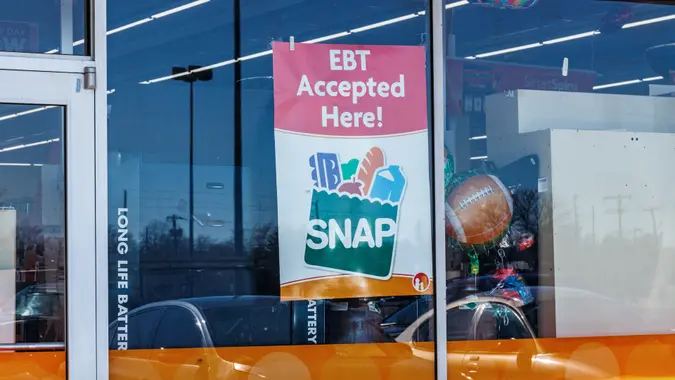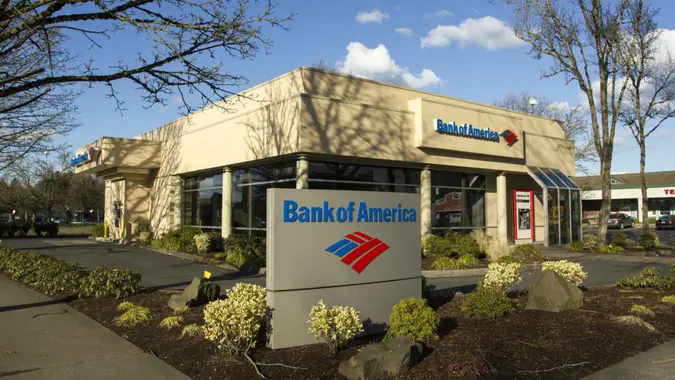Suze Orman: Here’s What You Should Do When Your Emergency Fund Reaches $2,000

Commitment to Our Readers
GOBankingRates' editorial team is committed to bringing you unbiased reviews and information. We use data-driven methodologies to evaluate financial products and services - our reviews and ratings are not influenced by advertisers. You can read more about our editorial guidelines and our products and services review methodology.

20 Years
Helping You Live Richer

Reviewed
by Experts

Trusted by
Millions of Readers
Suze Orman, money expert and co-founder of emergency savings startup SecureSave, believes that everyone should have an emergency fund.
“The one thing that every single person needs is an emergency savings account,” she told GOBankingRates. “People aren’t saving for the little unexpected emergencies that set them down the path to poverty.”
However, Orman notes that there is such a thing as having too much in emergency savings. Here’s how to know when you’ve reached the point, and where you should start funneling your money when you get there.
How Much Should You Keep in an Emergency Savings Account?
There is no one-size-fits-all answer to how much you should keep in an emergency fund, but Orman said that $1,000 to $2,000 is usually enough.
“With an emergency savings account, if you have $1,000 in there, you have $2,000 in there, great,” she said. “We are not advocating that you should have $10,000 in this account, but we are advocating that you should have the amount of money that makes you feel secure for an unknown emergency.”
What To Do After You’ve Fully Funded Your Emergency Fund
Once you’ve reached a point where you feel secure with the amount of money you have in your emergency fund, it’s time to start saving for longer-term goals.
“Then you can start taking extra money and funding your 401(k) at work more so that you can really put that money work,” Orman said. “If they have $4,000 or $5,000 in [an emergency savings account], at that point then [I would] tell them, why don’t you fund a Roth IRA? Why don’t you do X?”
However, you should really only do this after you have built up your emergency savings.
“You can’t do X and Y when you don’t even have A and B,” Orman said.
 Written by
Written by  Edited by
Edited by 

























